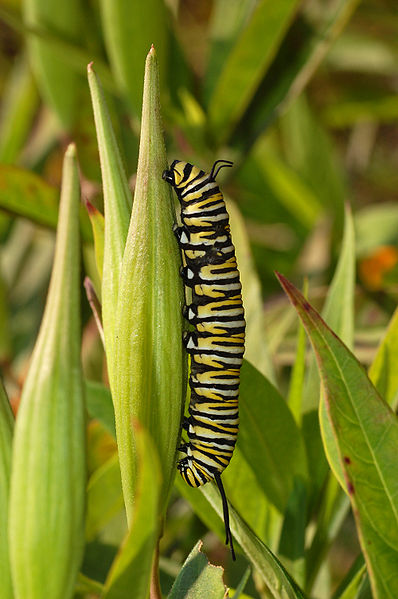Chemical defense is a strategy employed by many organisms to avoid consumption by producing toxic or repellent metabolites or chemical warnings which incite defensive behavioral changes. The production of defensive chemicals occurs in plants, fungi, and bacteria, as well as invertebrate and vertebrate animals. The class of chemicals produced by organisms that are considered defensive may be considered in a strict sense to only apply to those aiding an organism in escaping herbivory or predation. However, the distinction between types of chemical interaction is subjective and defensive chemicals may also be considered to protect against reduced fitness by pests, parasites, and competitors. Repellent rather than toxic metabolites are allomones, a sub category signaling metabolites known as semiochemicals. Many chemicals used for defensive purposes are secondary metabolites derived from primary metabolites which serve a physiological purpose in the organism. Secondary metabolites produced by plants are consumed and sequestered by a variety of arthropods and, in turn, toxins found in some amphibians, snakes, and even birds can be traced back to arthropod prey. There are a variety of special cases for considering mammalian antipredatory adaptations as chemical defenses as well.

Monarch butterfly caterpillar on milkweed plant. Milkweeds use three primary defenses to limit damage caused by caterpillars: hairs on the leaves, cardenolide toxins, and latex fluids, but Monarchs have evolved to remain unaffected by these defenses. Cardenolide toxins sequestered during the Monarch's larval stage from feeding on the plant remains in the adult, making it unpalatable to predators.
The fungus Penicillium chrysogenum. It produces penicillin, a compound which kills bacteria.
A spicule found on the surface of a sponge. Sponges who produce more secondary metabolites produce fewer spicules.
Sea hares employ phagomimicry as a form of chemical defense.
Sponges, the members of the phylum Porifera, are a basal animal clade as a sister of the diploblasts. They are multicellular organisms that have bodies full of pores and channels allowing water to circulate through them, consisting of jelly-like mesohyl sandwiched between two thin layers of cells.
Sponge
Sponge biodiversity and morphotypes at the lip of a wall site in 60 feet (20 m) of water. Included are the yellow tube sponge, Aplysina fistularis, the purple vase sponge, Niphates digitalis, the red encrusting sponge, Spirastrella coccinea, and the gray rope sponge, Callyspongia sp.
Spongia officinalis, "the kitchen sponge", is dark grey when alive.
Euplectella aspergillum, a glass sponge known as "Venus' flower basket"








